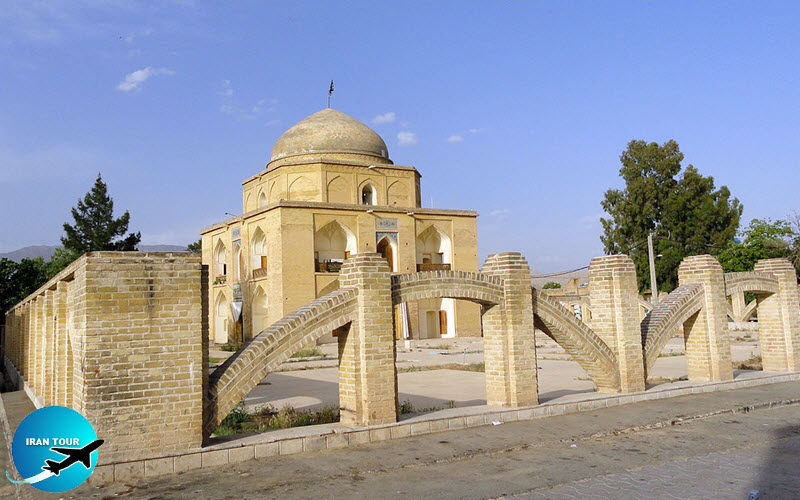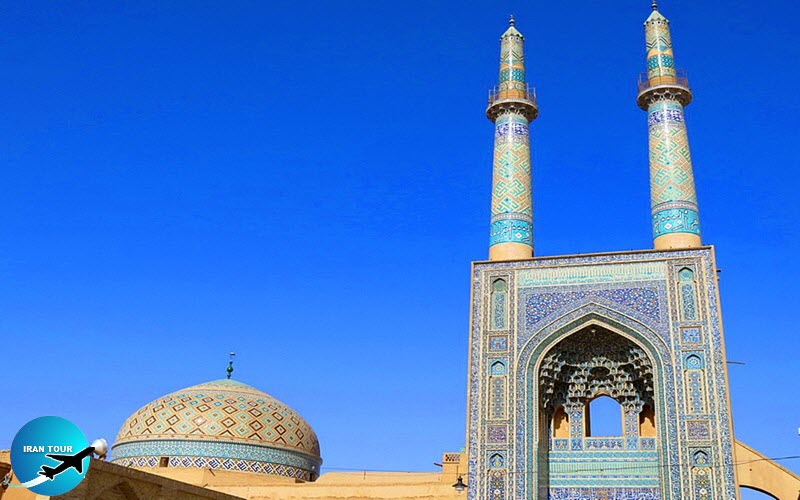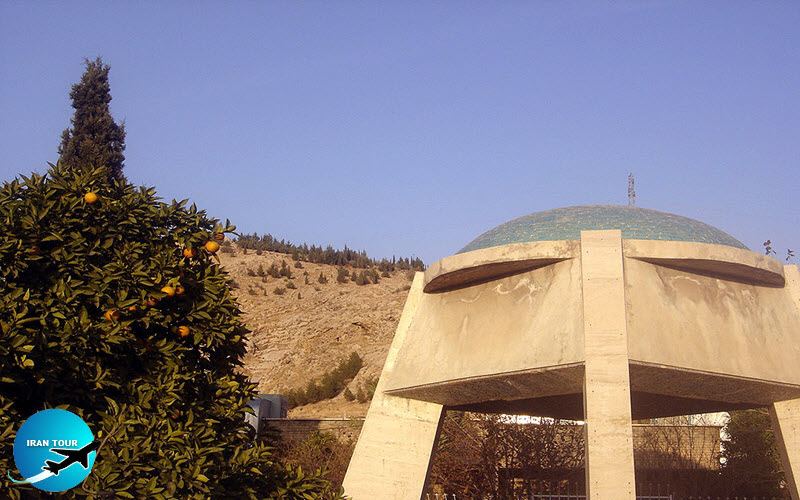Copyright 2020 - 2021 irantour.tours all right reserved
Designed by Behsazanhost
Shiraz under the Injuid and Mozaffarid Governors
Shiraz under the Injuid and Mozaffarid Governors
Under Oljeitu, arguably the most famous Ilkhanid ruler, the affairs of Fars were passed on to Sharaf al-Dowleh Mahmud Shah, said to be a descendant of Ansari, the celebrated mystic of Herat. Sharaf alDowleh continued his duties under Abu Said, Oljeitu's successor, and by 1325 he had managed to establish himself as virtually autonomous ruler of the province. He is particularly famous for repairing the city's encircling, fortified walls, which had been left to crumble into ruins since the Seljuk period. On Mahmud Shah's death, Abu Said appointed Sheikh Hossein ibn Juban to the governorship of Fars, a lucrative and much-coveted post. The new ruler commenced his career by ordering Mahmud Shah's wife, Tash-Khatun, and her sons to be seized and imprisoned. It is said, however, that while the prisoners were passing through the streets of Shiraz in the hands of their captors, the woman made a touching appeal to the people crowded along the way. She called on Shiraz residents to remember the benefits they had received from their late ruler, the boys' father. Her words took instant effect. The people rose up, released her and her sons, and drove Sheikh Hossein into exile. He, however, returned with an army supplied by Abu Said and obliged Shiraz to submit to his rule once more.
 |
| The Tomb of Bibi Dokhtaran- built by the Ilkhanate Rulers |
In 1335, a year or two after these events, Abu Said died, and the power of the Ilkhanid house which had supported Sheik Hossein crumbled away. At this time, Shah Sheikh Abu Eshaq Injuid, one of the three sons of Mahmud Shah mentioned above, took possession of Shiraz and Esfahan. After thus narrowly escaped imprisonment and almost certain death at the hands of Sheikh Hossein, he finally ousted his old enemy. Though his rule was short, Shah Sheikh Abu Eshaq nevertheless spared no effort in beautifying the capital of Fars. At that time, scientists, rhetoricians, poets, and artists flocked to his court seeking his generous patronage. Among them was the calligrapher Yahya Jamali, who executed the inscription on the Khoda-Khaneh of the Congregational Mosque and made several copies of the Koran. Two of these copies were bestowed on the Shah Cheragh Mausoleum, parts of which were also expanded at the order of Shah Sheikh Abu Eshag's mother. Shan Sheikh Abu Eshaq is also remembered for his ambitious plan to build in Shiraz a palace modeled on the Sasanid palace in Ctesiphon. This project, however, was interrupted by the death of the Shah, who was reportedly killed on the exact spot where his palace was to be built. He was murdered at the hand of Emir Mohammad Mobarez al-Din Mozaffar, then governor of Yazd and Kerman.
 |
| Jame mosque of Yazd- The best example of the of Al-Muzaffar period |
The rule of Mobarez al-Din Mozaffar is one of the gloomiest pages in the history of Shiraz. Although brave in battle and ardent in religion, this ruler was cruel beyond measure. A historian relates that he saw criminals brought before Mohammad when the ruler was engaged in reading the Koran. Laying the book aside, Mobarez al-Din killed the offenders and then returned unmoved to his devotions. Another story tells that Shah Shoja, the Emir's son, once asked his father whether he had indeed killed a thousand men with his own hand. "No", objected the despot, "their number was only 800". Hafez testifies again and again to the perfidy of this ruler, whose
name appears in the poet's works as a metaphor for those qualities. Under Mobarez al-Din, scarcely a year passed undisturbed by civil war, and the country was torn apart by strife between the sons of this ruler. Mobarez al-Din himself was blinded by Shah Shoja, and was imprisoned first in Tabarak Fortress in Esfahan, and then in the fort of Qal'e-ye Sefid in Nurabad.
Shah Shoja succeeded his father on the throne and reigned over Fars from 1357 to 1384. Unlike his father, who spent most of his time in combats, Shah Shoja chiefly engaged himself in feasts and jollification. He became a magnanimous patron of science and the arts, for which he was highly praised by Hafez. The Mozaffarid rule did not last long. Its death knell sounded when Timur's hordes swept through Iran. Worn out before his time because of his riotous living, Shah Shoja did his utmost to secure the welfare of his family before he died. In 1382, Shah Shoja sent a propitiatory embassy to Timur, and the two rulers reached a peaceful agreement, sealed by the marriage of their two grandchildren. Also shortly before his death, he asked Timur for his patronage for Shah Shoja's son Zein al-Abedin.
 |
| The Tomb of Bibi Dokhtaran- built by the Ilkhanate Rulers |
Zein al-Abedin did not long remain a ruler of the country bequeathed to him by his father. Soon after his ascension to the throne, he received Timur's letter inviting him to pay a visit to Samarqand. Not only did Zein al-Abedin ignore Timur's invitation, but he also refused to allow Timur's envoy to return. Infuriated, Timur rushed to Shiraz, which Zein al-Abedin abandoned in order to seek refuge in the domain of his cousin Mansur. Mansur, however, repaid Zein Al-Abidin's confidence by imprisoning and blinding him. Timur, who had little time to spend in Shiraz, handed its affairs over to Shah Yahya, Mansur's uncle, and returned to Samarqand. Six months later, Timur came to Shiraz for a second time, to put down the revolt of Mansur, who had rebelled against his uncle and captured the city. Shah Mansur offered valiant resistance to Timur but was defeated. He fell fighting beneath the sword of Shahrokh Timurid, leaving the conqueror to march in triumph through his realm. With the fall of the Mozaffarids, Fars and Shiraz sank to the status of a province in the extensive Timurid Empire and retained this position until the Safavid monarchs took over all Persia.
- Details
- Category: Shiraz Tourism